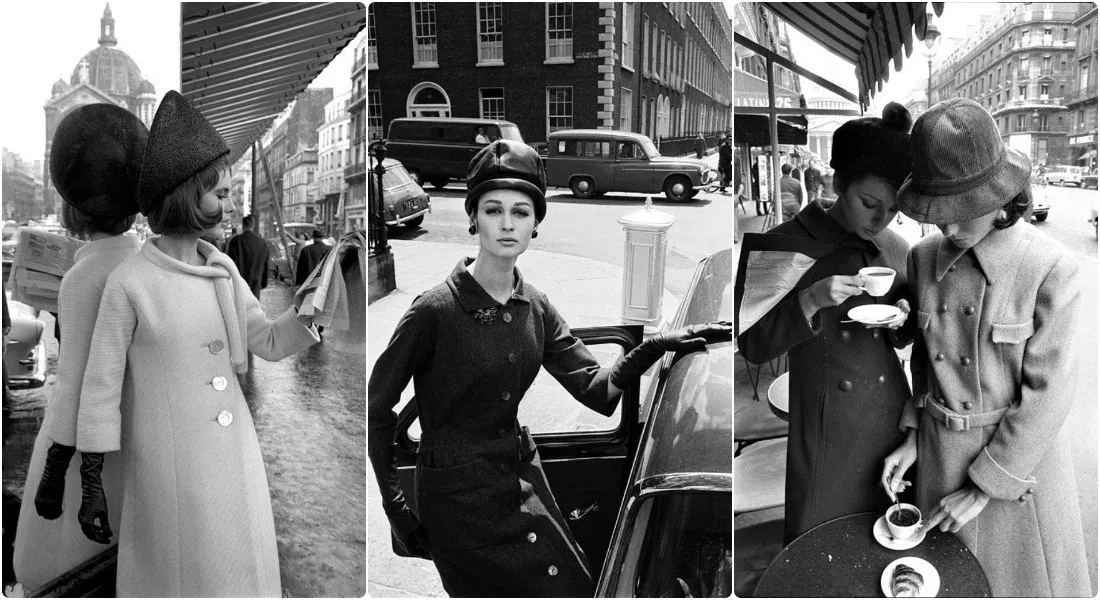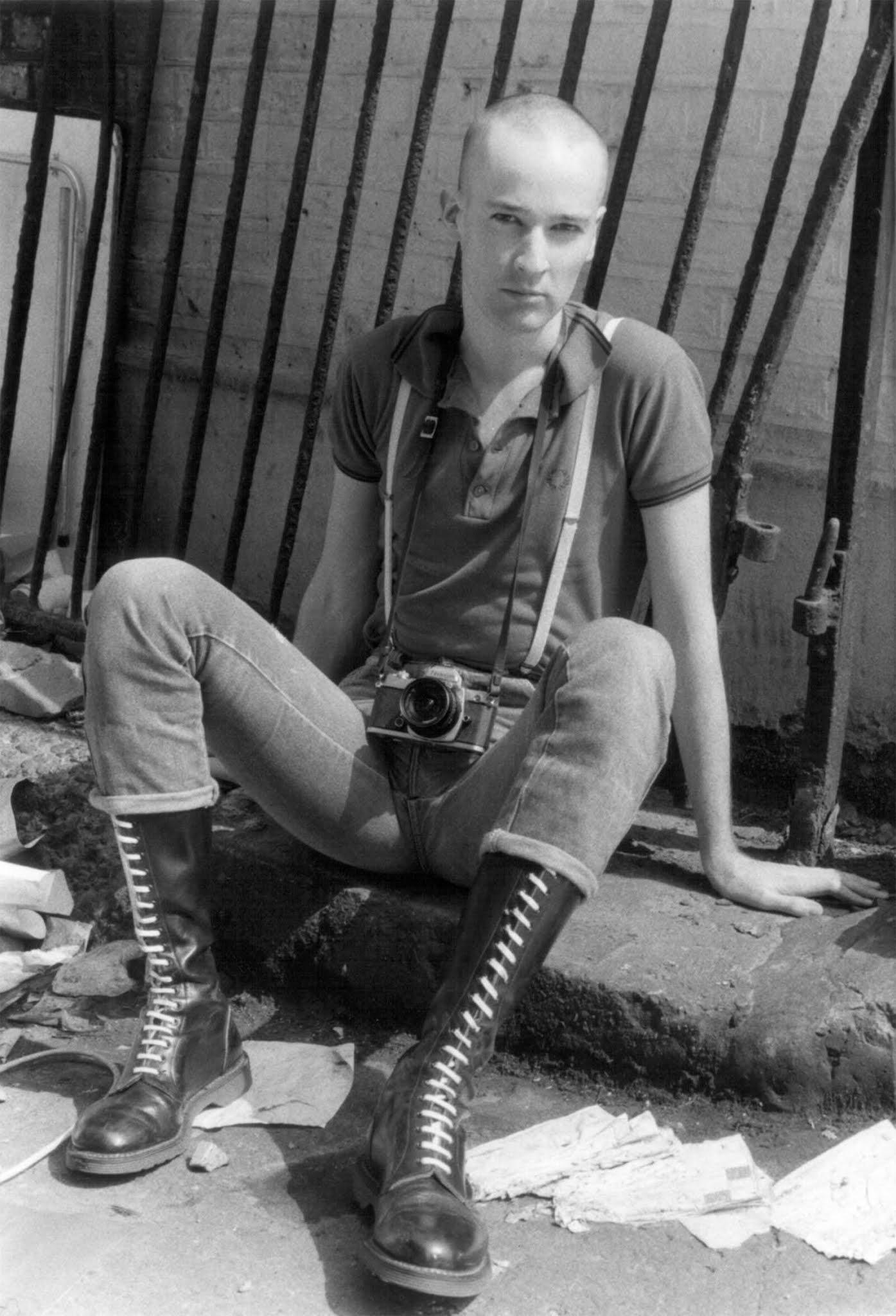 The skinhead subculture was born in England in the late 1960s as an offshoot of the mod culture. Skinheads were distinct from other British subcultures due to their uniform of boots, jeans, braces (suspenders), and the trademark shaved head.
The skinhead subculture was born in England in the late 1960s as an offshoot of the mod culture. Skinheads were distinct from other British subcultures due to their uniform of boots, jeans, braces (suspenders), and the trademark shaved head.
Their style was an exaggerated version of the traditional unskilled laborer. One of the first scholars to research skinheads, sociologist Mike Brake, classified skinheads as a “traditional working-class delinquent subculture” and documented five traits that defined first-generation British skinheads: toughness and violence; football (soccer), ethnocentrism, Puritan work ethic; and a cynical worldview.
According to author Nick Knight, skinheads first appeared as a distinct youth subculture in 1968. He states in his book Skinhead, “In establishing their own style, the younger brothers of mods adopted certain elements of mod style, combined them with items from traditional working clothes, borrowed some influences from the West Indian blacks and became skinheads.”
Motivated by social alienation and working-class solidarity, skinheads were defined by their close-cropped or shaven heads (long hair was a liability in factory work and street fights) and working-class clothing such as Dr. Martens and steel toe work boots, braces, high rise jeans, and button-down collar shirts, usually slim fitting in check or plain.
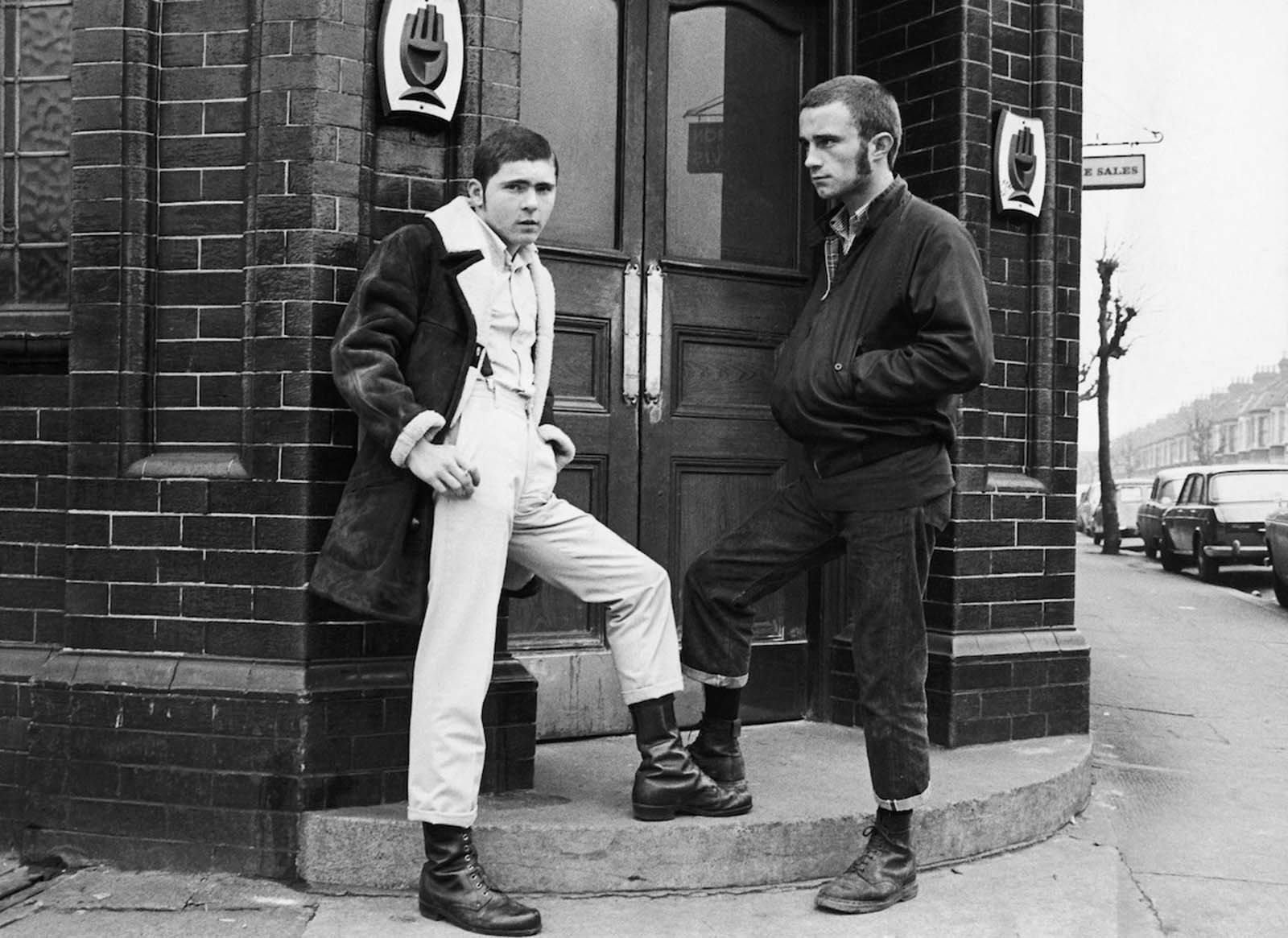
1970.
In England, there were two waves of the skinhead cult. From its inception, the skinhead subculture was largely based around music. The first group appeared in the late 1960s as an offshoot of the mod subculture and largely died out by 1972.
The second wave arrived in the late 1970s and early 1980s. These skinheads differed from the first generation, in that they were not influenced as much by mod as they were by the growing punk and 2Tone Ska scenes in London.
Punk lent itself to violence through its embrace of aggressive music and teenage angst. Skinheads reflected this new influence by combining the exaggerated imagery of the original skinhead style with punk.
They took the boots and suspenders and jeans of the late 1960s and added closser-cropped hair, bomber jackets, and tattoos. The popularity of the 2Tone movement helped spread the look of skinheads to all parts of the United Kingdom.
Symond Lawes, a British skinhead notes, “I became a skinhead and there was only one other skinhead in my estate in 1978. By the following year, every kid in England was a skinhead.”
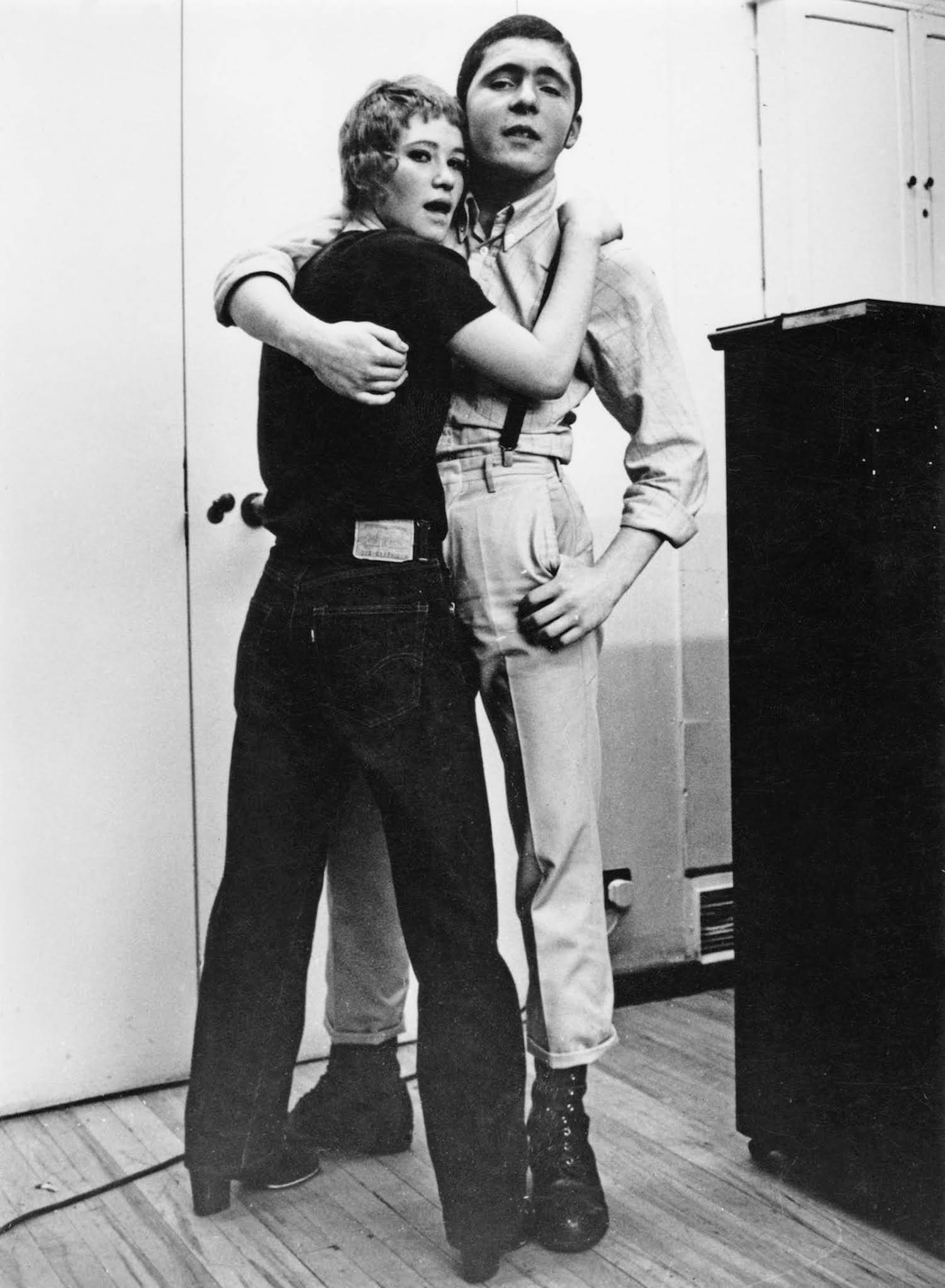
1970.
At the same time the subculture was growing, England was experiencing an influx of immigrants from India; the backlash to this wave of newcomers from the native British population was reflected in the skinhead subculture. Zeig Heiling and “Paki bashing” were sensationalized by the media.
The growth of the right-wing National Front and its recruitment of youth merely increased the amount of conflict present in the skinhead subculture. Punk shows and Ska shows were marred by skinhead violence. Even American newspapers covered the race riots that exploded in London in 1981.
While there is little doubt that North Americans, especially Canadians as part of the British Commonwealth, were exposed to skinhead subculture in the late 1960s and during the initial resurgence of this movement in 1978, it did not take hold as a youth cult in the United States until the arrival of punk.
Groups of youths in the early years of the American hardcore punk scene had shaved heads, but cannot be categorized as skinheads because they did not consciously adopt the lifestyle or dress that defines the subculture. Eventually, American youths began to emulate the skinhead style that was seen in the United Kingdom.

1971.
During the early 1980s, political affiliations grew in significance and split the subculture, distancing the far right and left-wing strands, although many skinheads described themselves as apolitical.
As a pro-working class movement, skinhead culture attracted those with nationalist beliefs, including violently racist or neo-Nazi elements.
In Great Britain, the skinhead subculture became associated in the public eye with the membership of groups such as the National Front and the British Movement. By the 1990s, neo-Nazi skinhead movements existed across all of Europe and North America.
Nowadays, few organizations, such as Skinheads Against Racial Prejudice, are attempting to fight back against supremacist skinheads and honor the diverse and multicultural aspects of the original skinhead subculture.
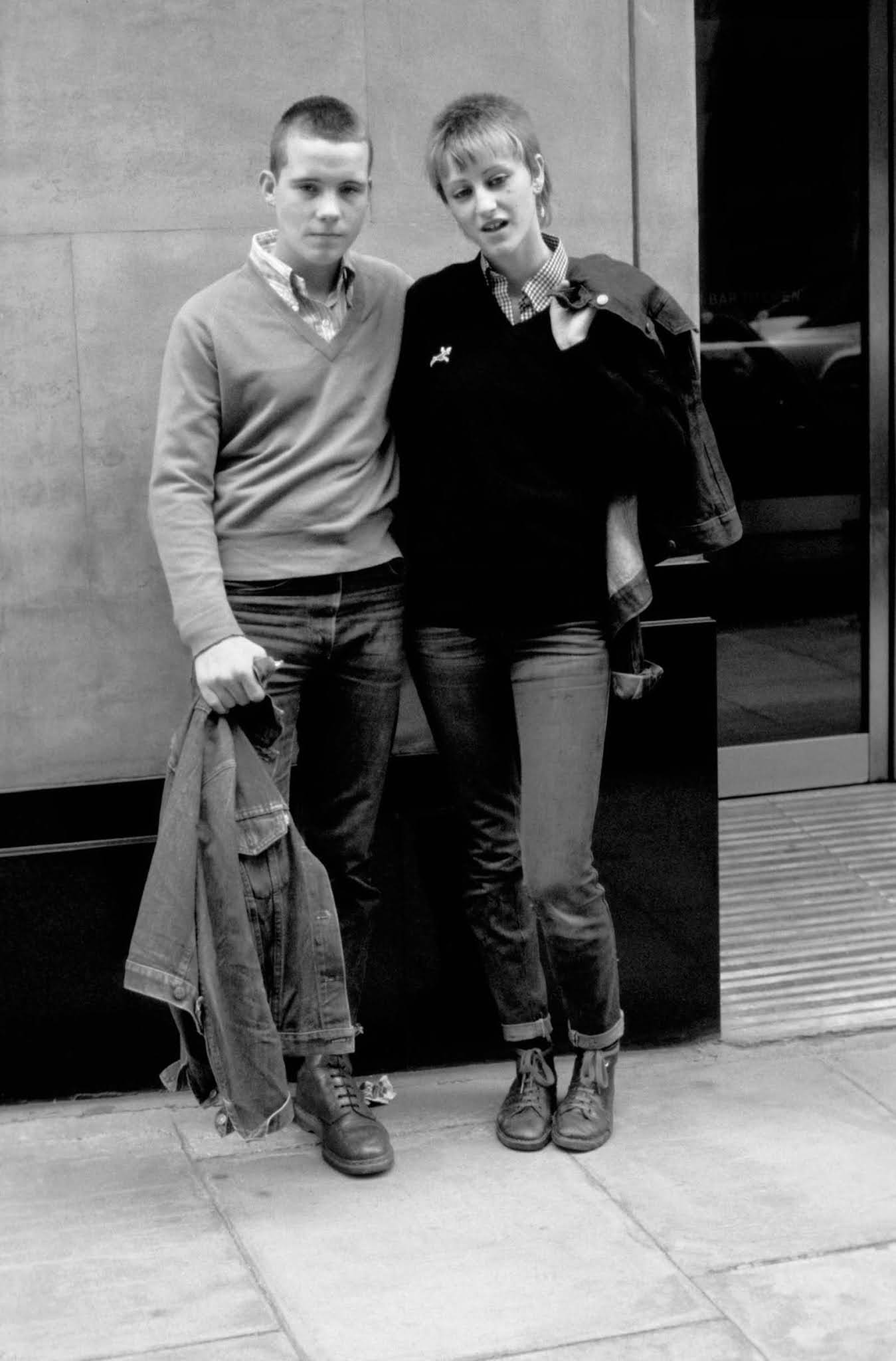
1980.

1980.
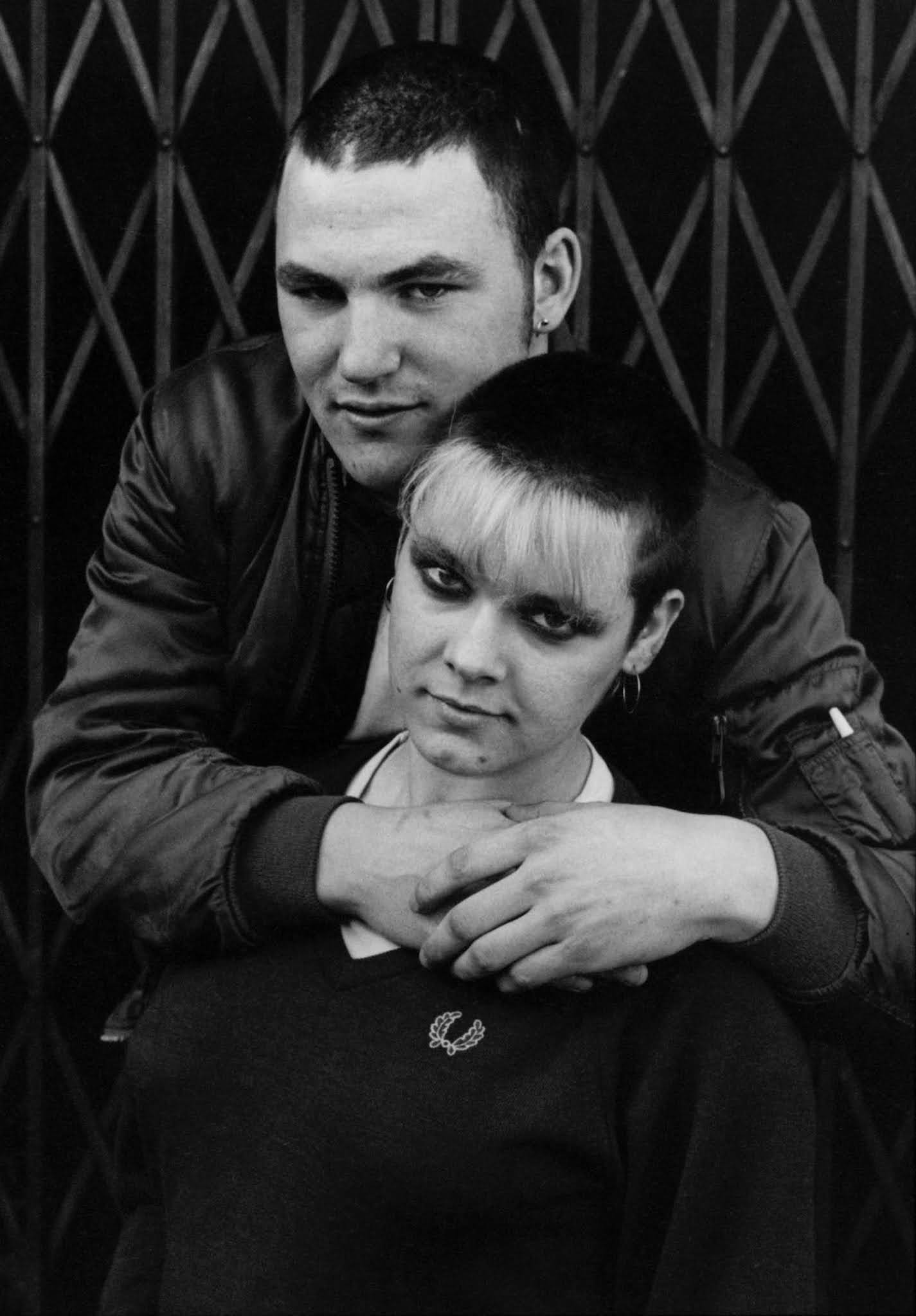
1980.
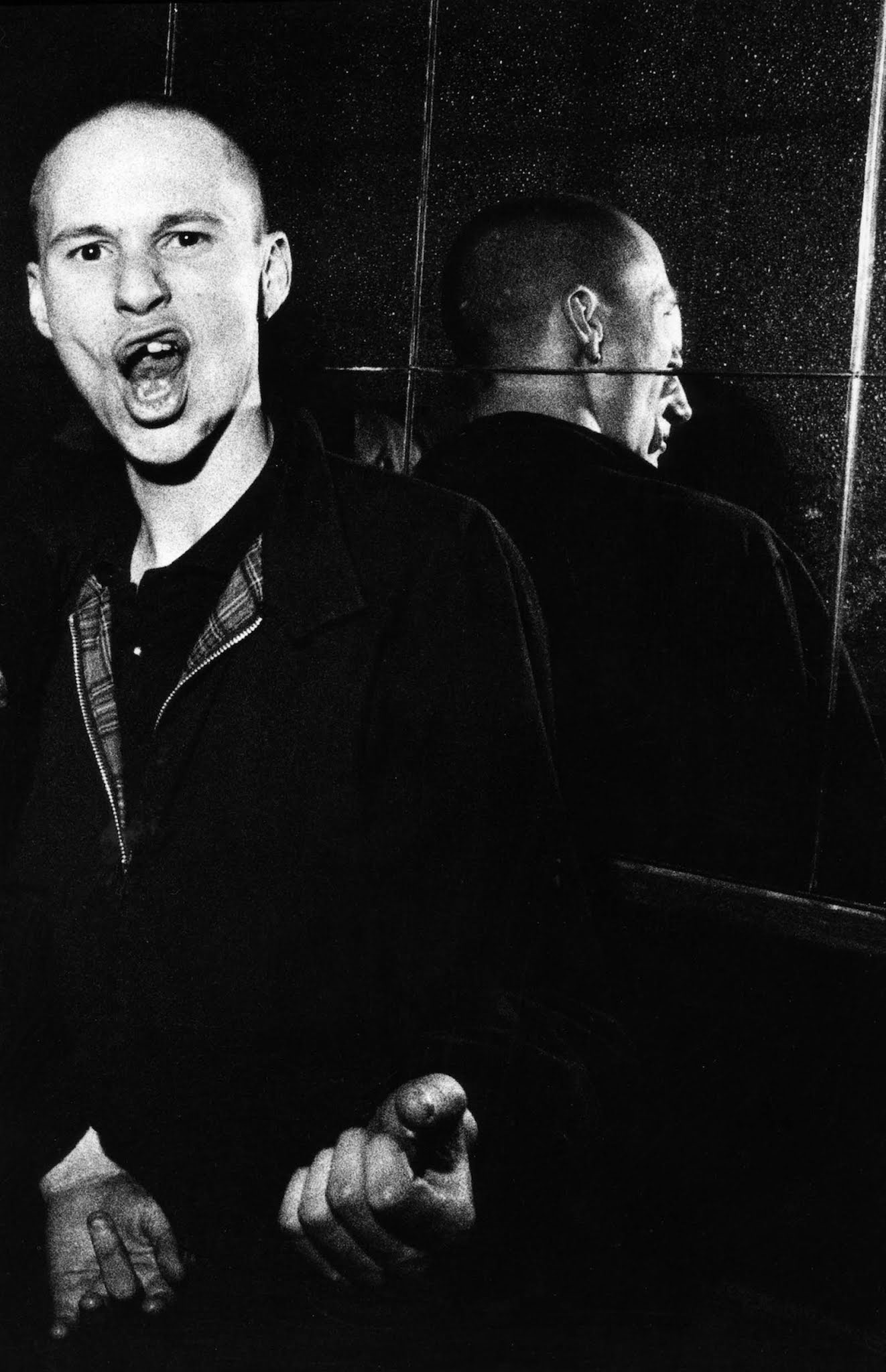
1980.

1980.
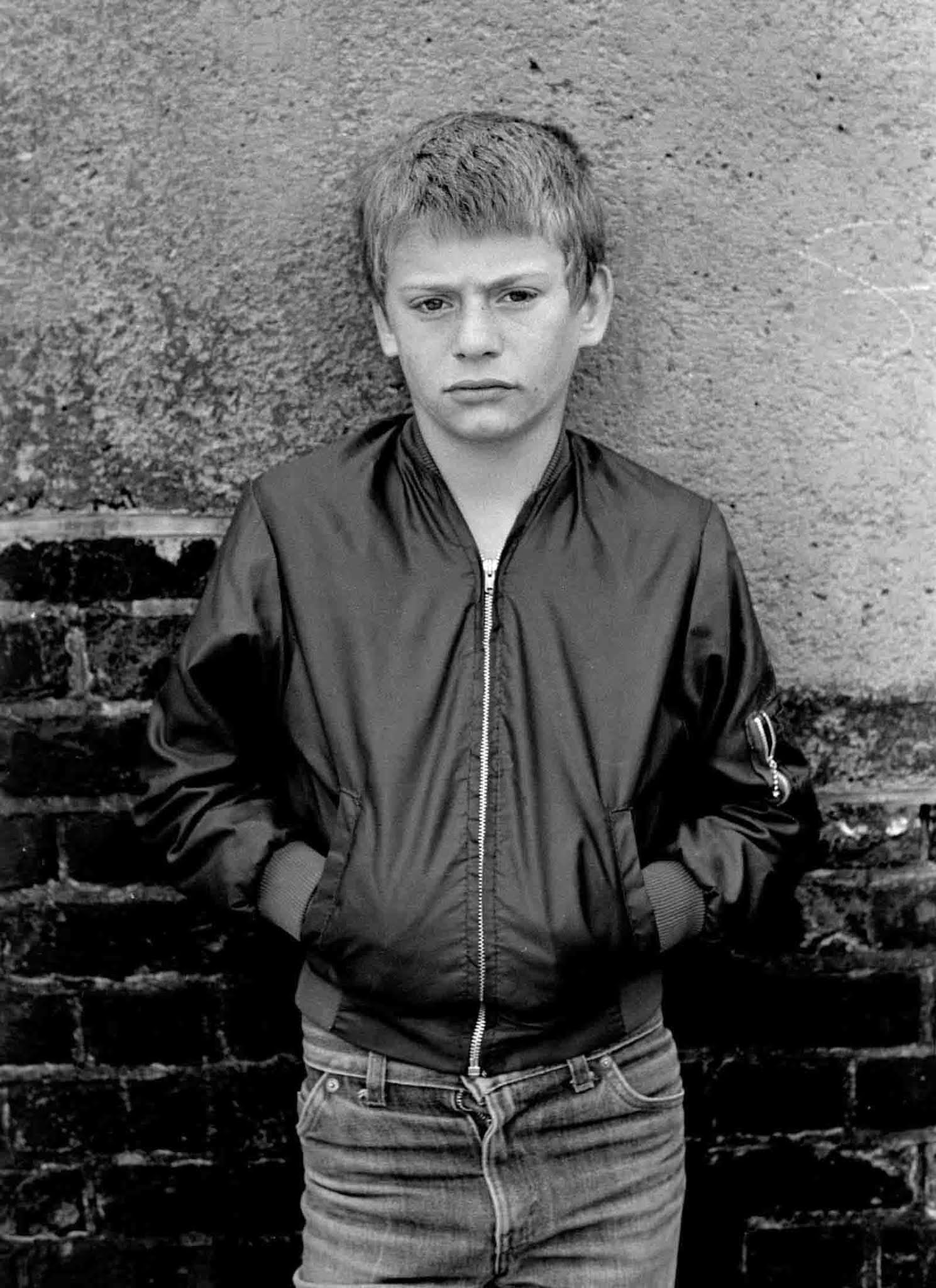
1981.
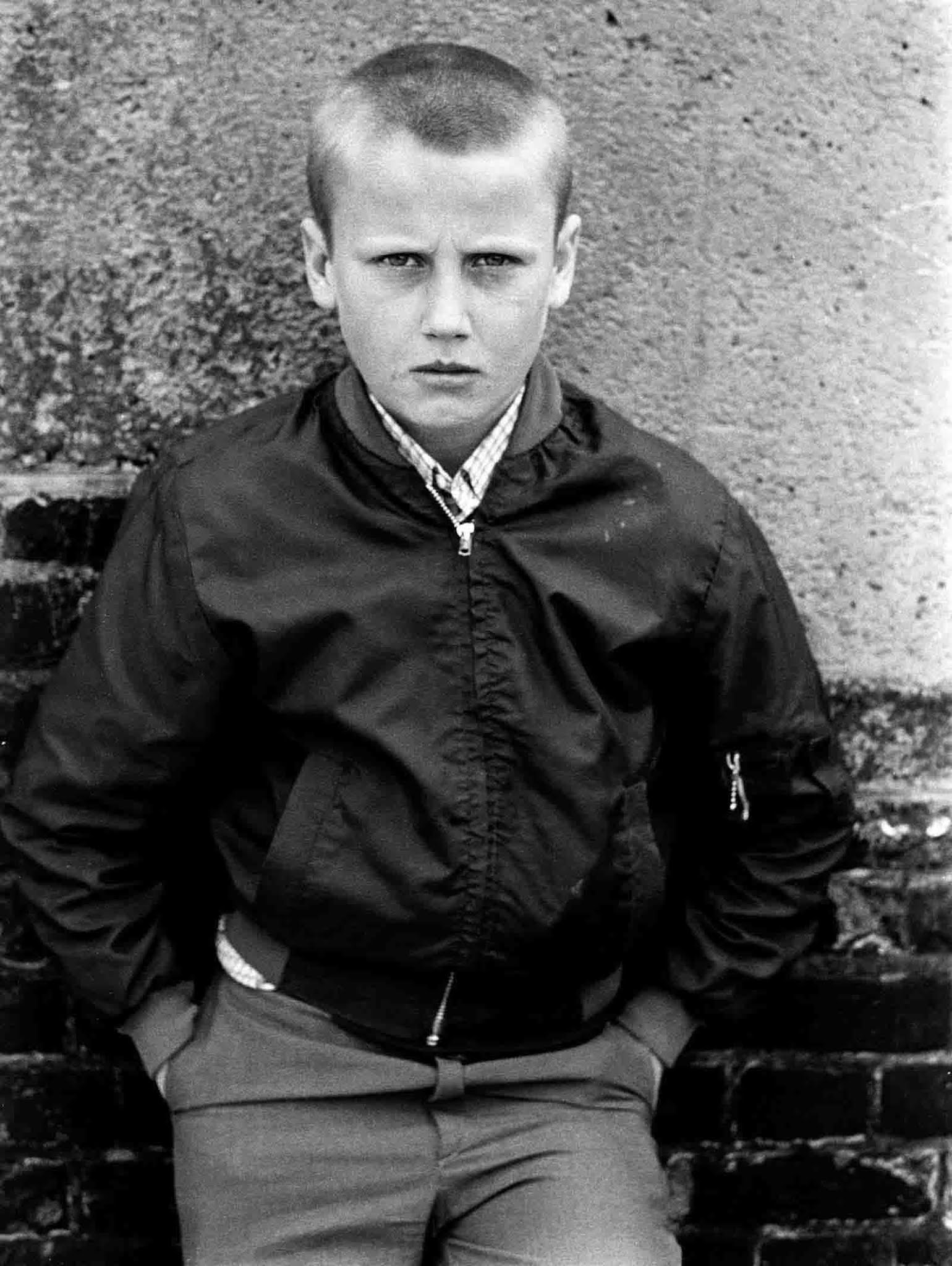
1981.

1983.

1983.
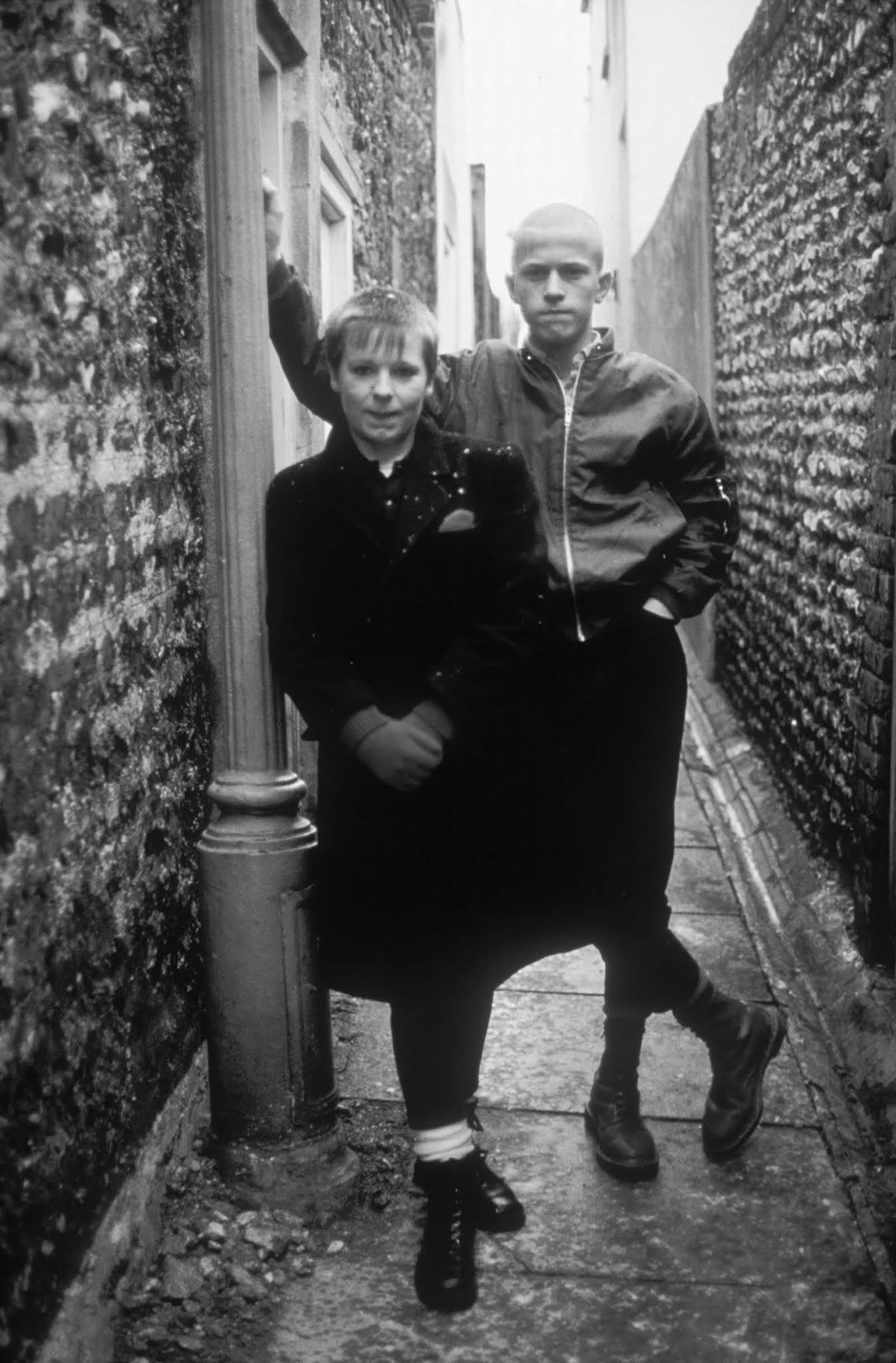
1983.
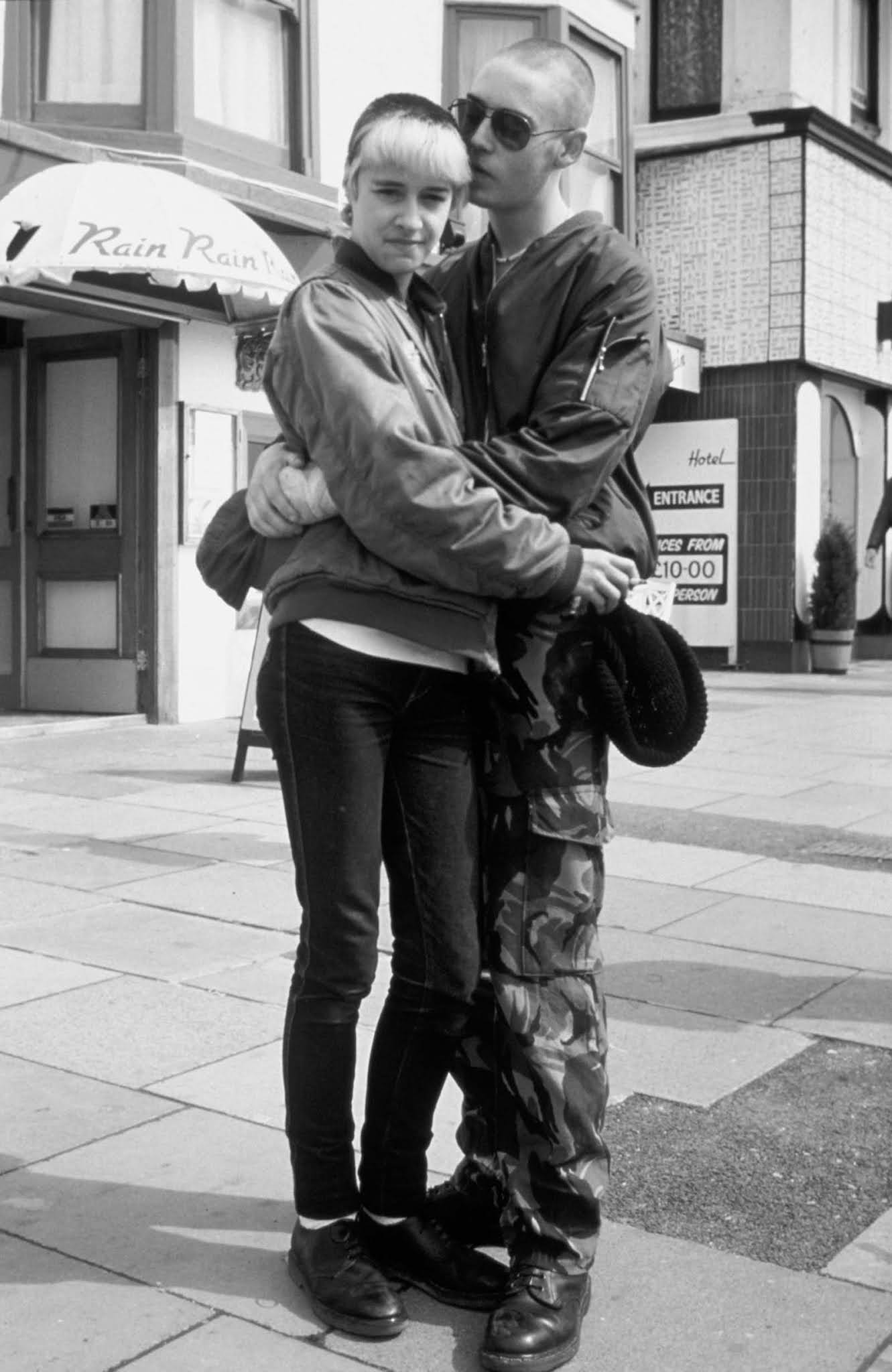
1983.
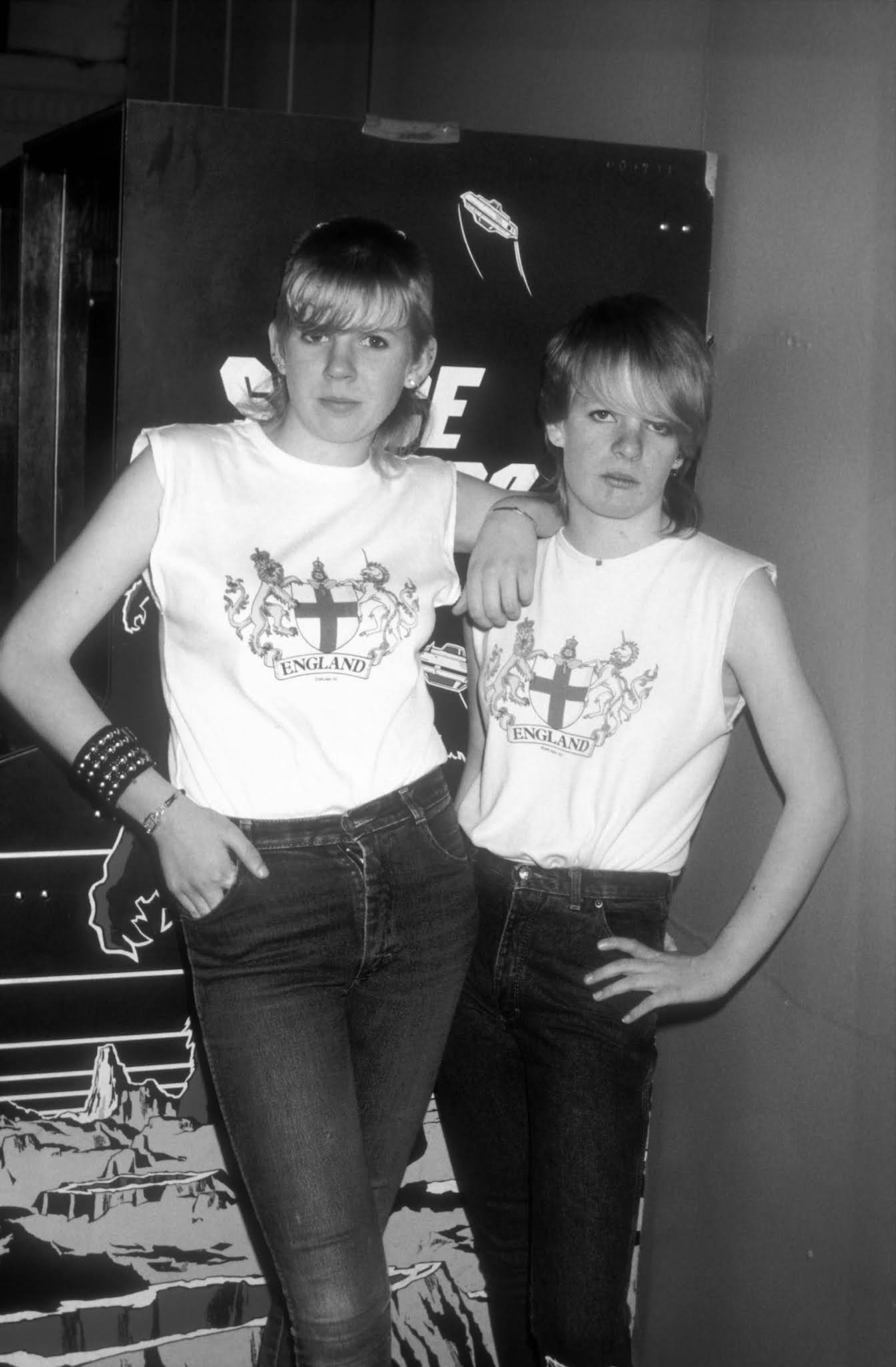
1985.
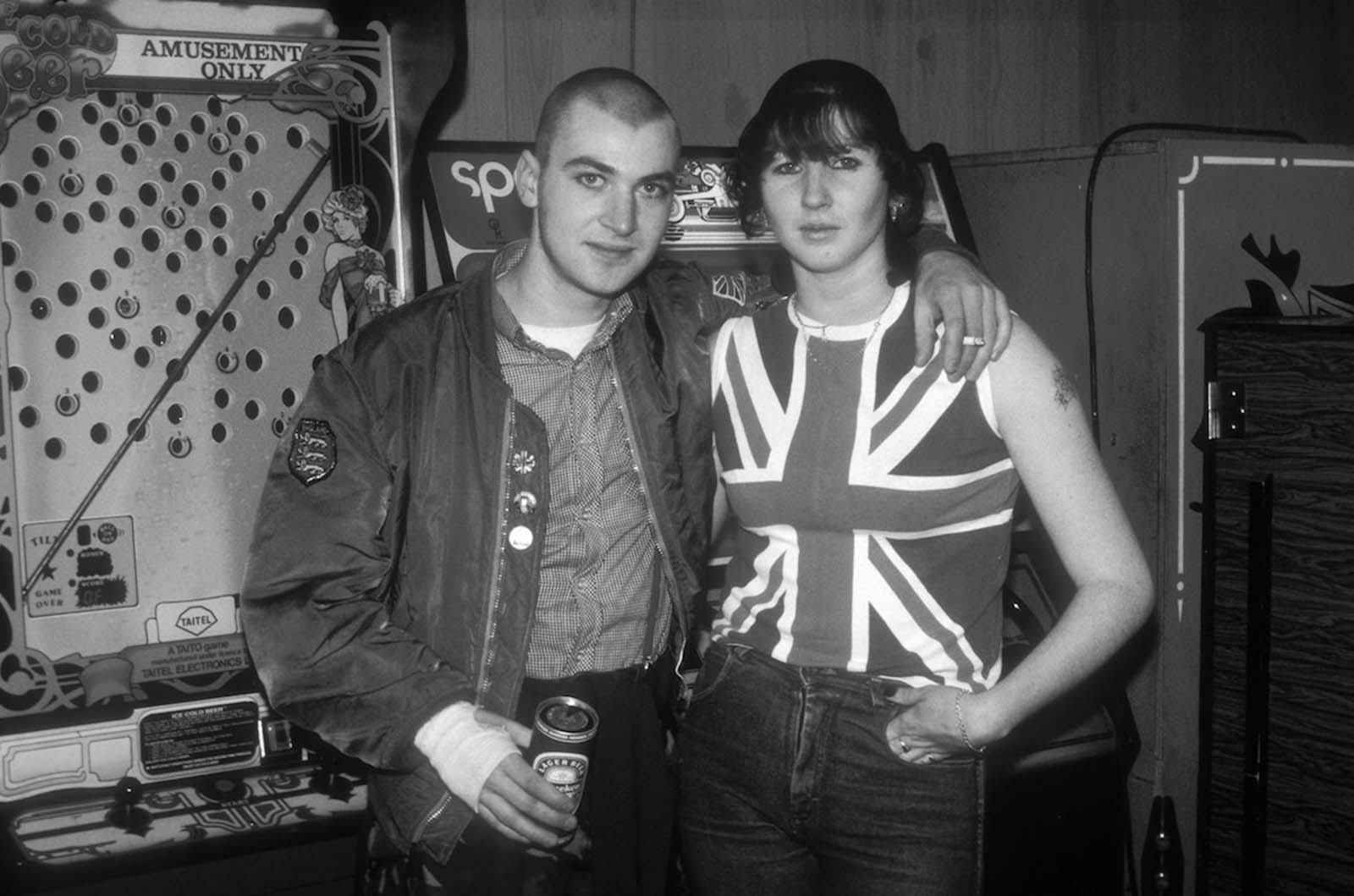
1985.
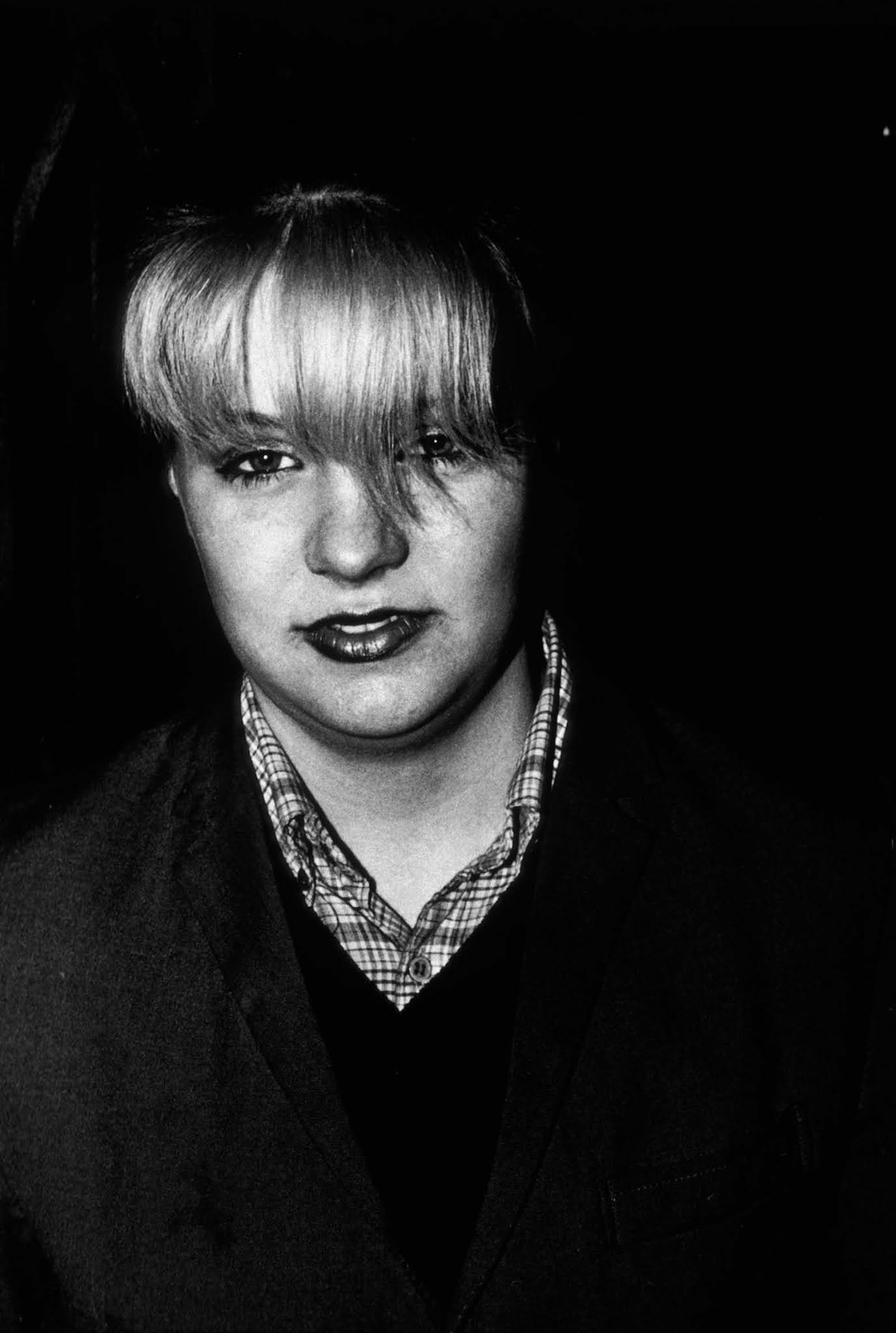
1980s.
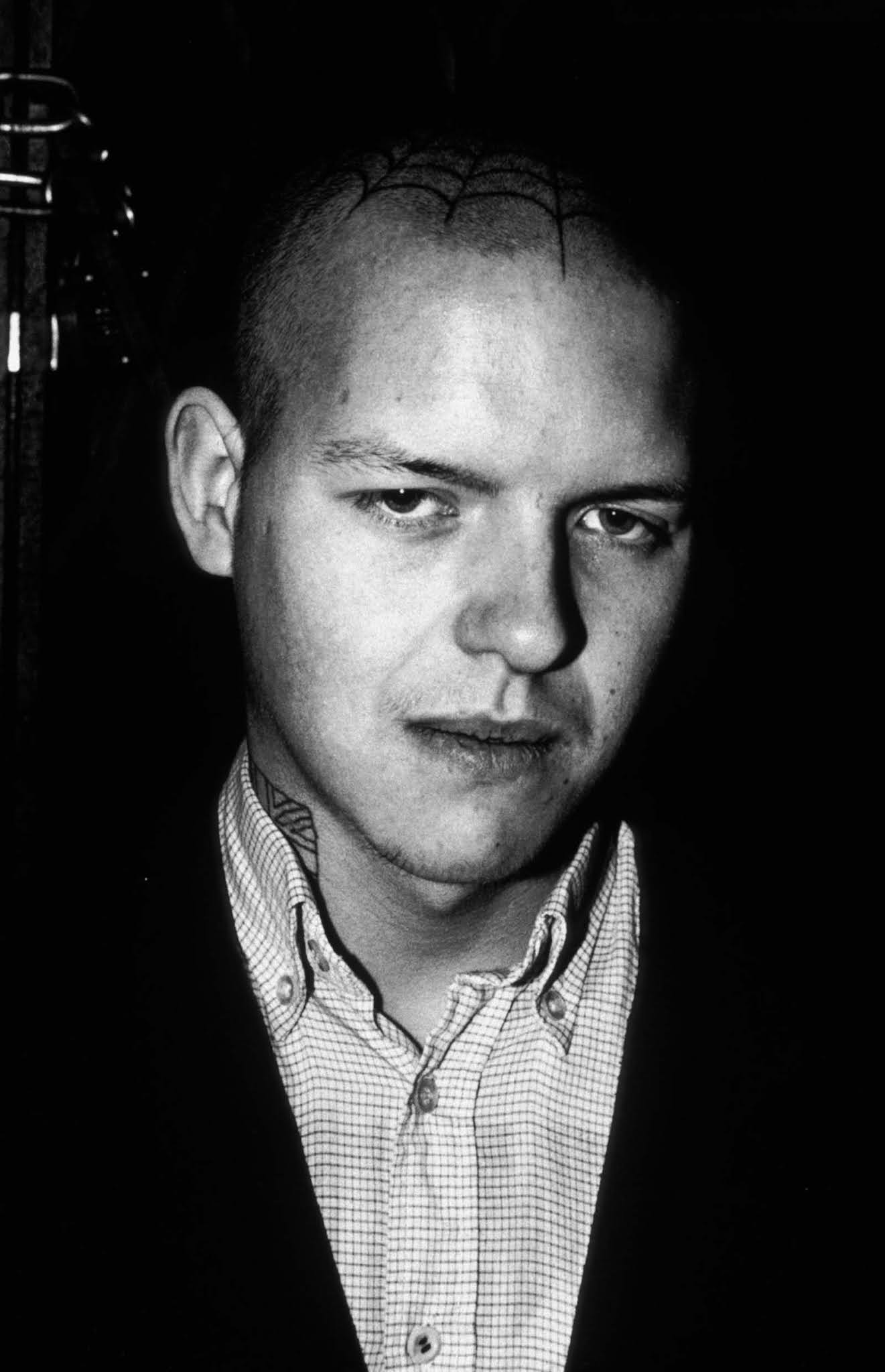
1980s.

1980s.

Photo by Gavin Watson / Youth Club Archive.

Portrait of the photographer as a young skin. Photo by Gavin Watson / Youth Club Archive.
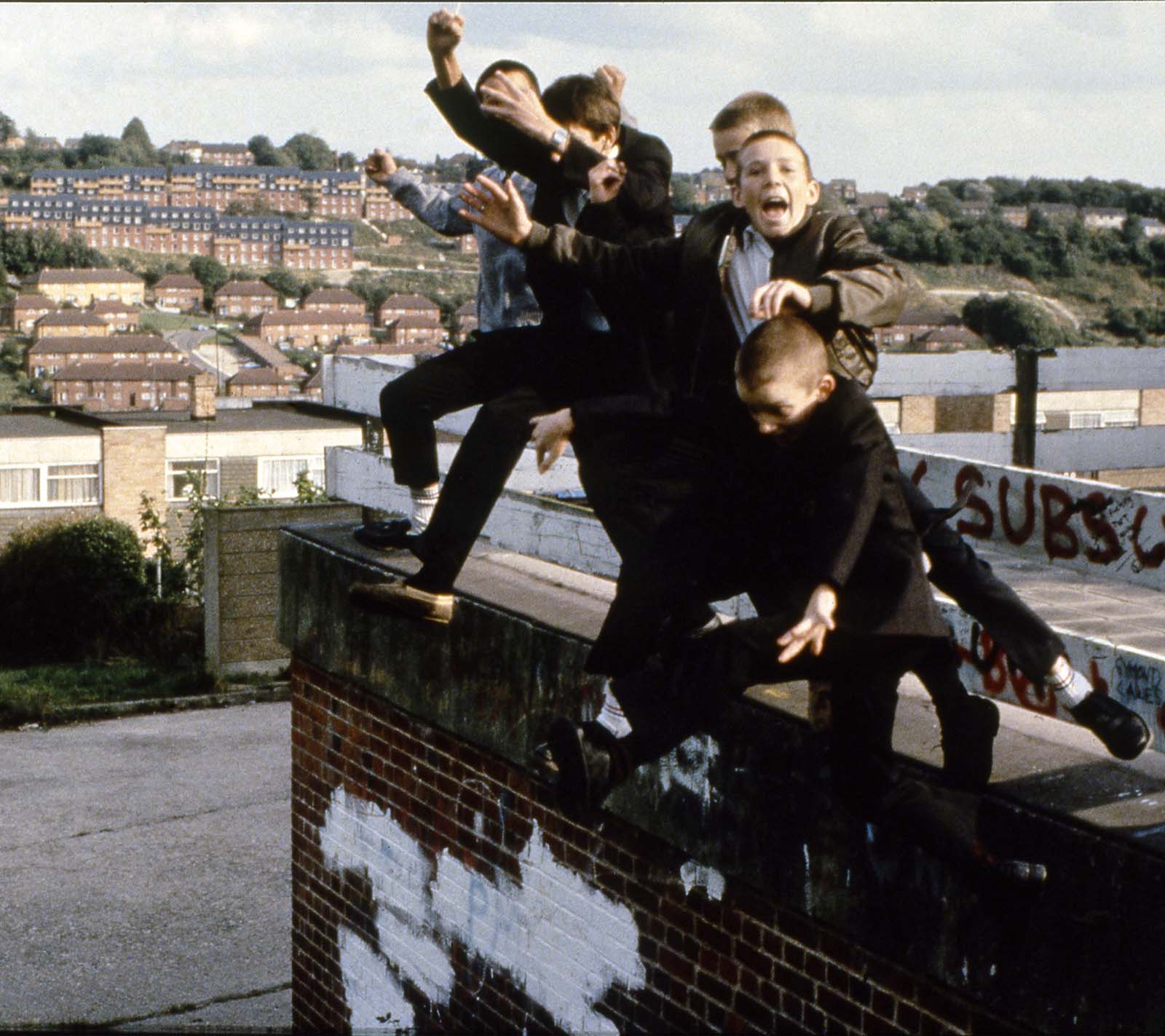
Photo by Gavin Watson / Youth Club Archive.

Photo by Gavin Watson / Youth Club Archive.
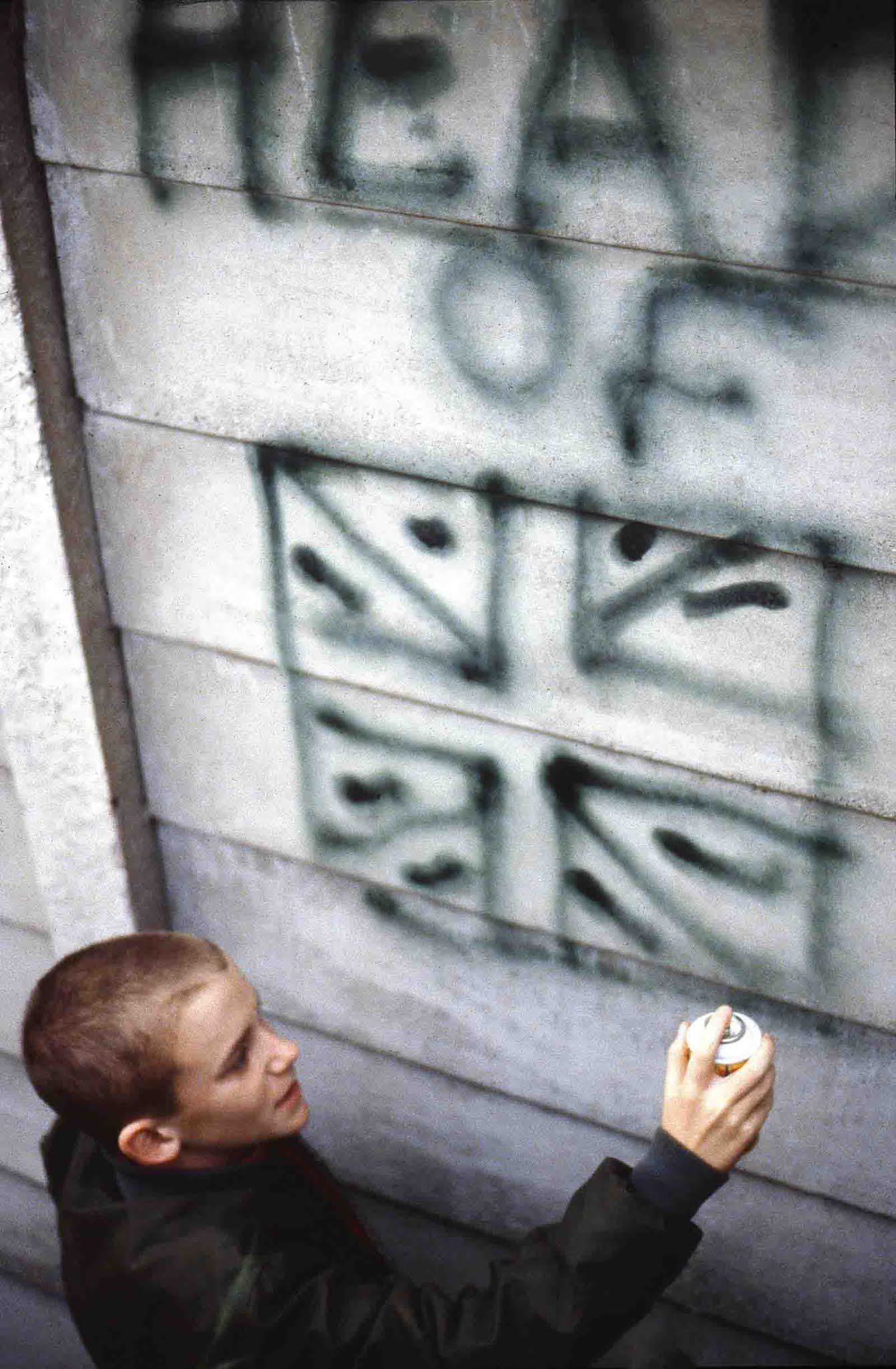
Photo by Gavin Watson / Youth Club Archive.

Photo by Gavin Watson / Youth Club Archive.

Photo by Gavin Watson / Youth Club Archive.
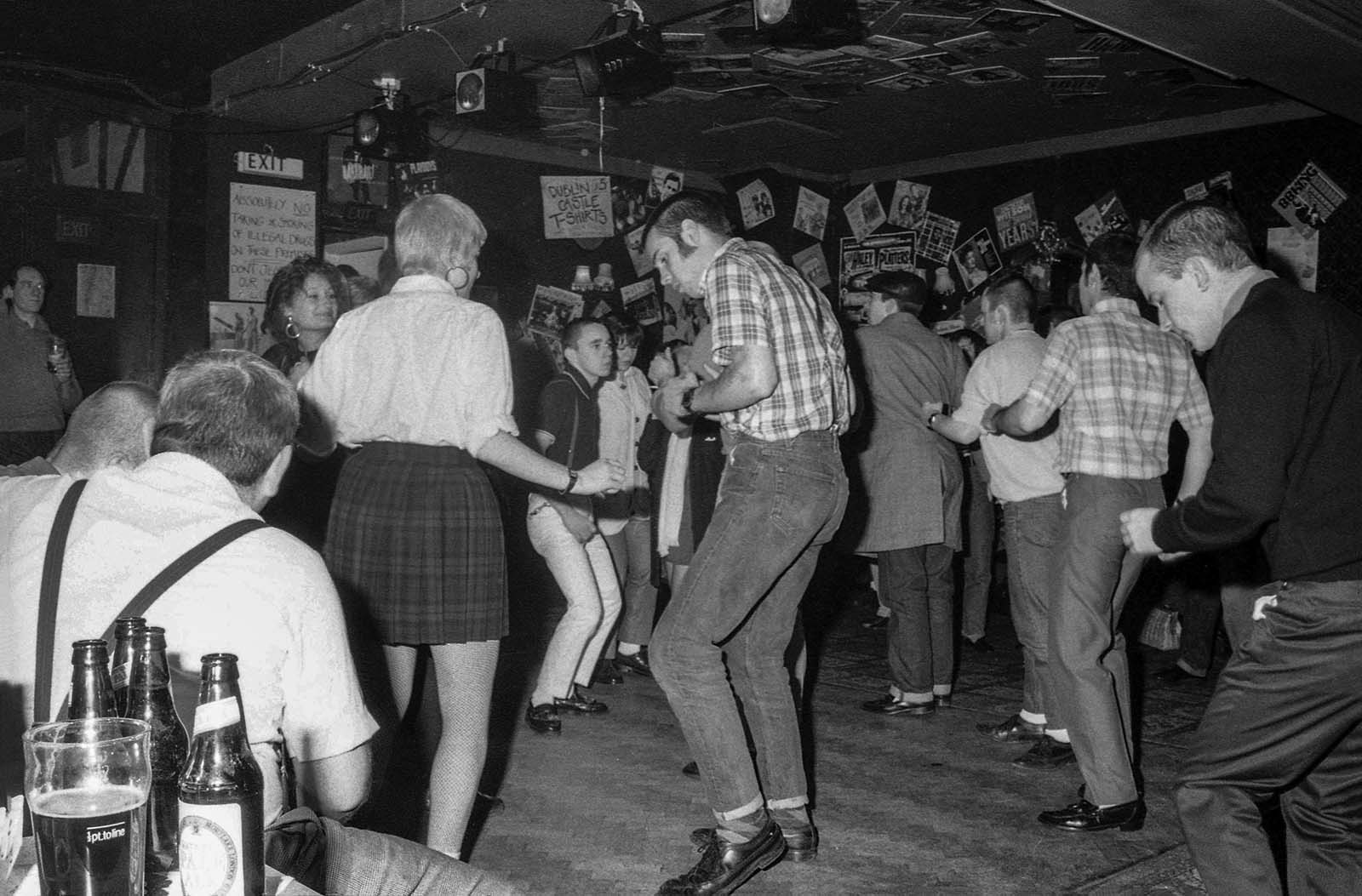
Photo by Gavin Watson / Youth Club Archive.
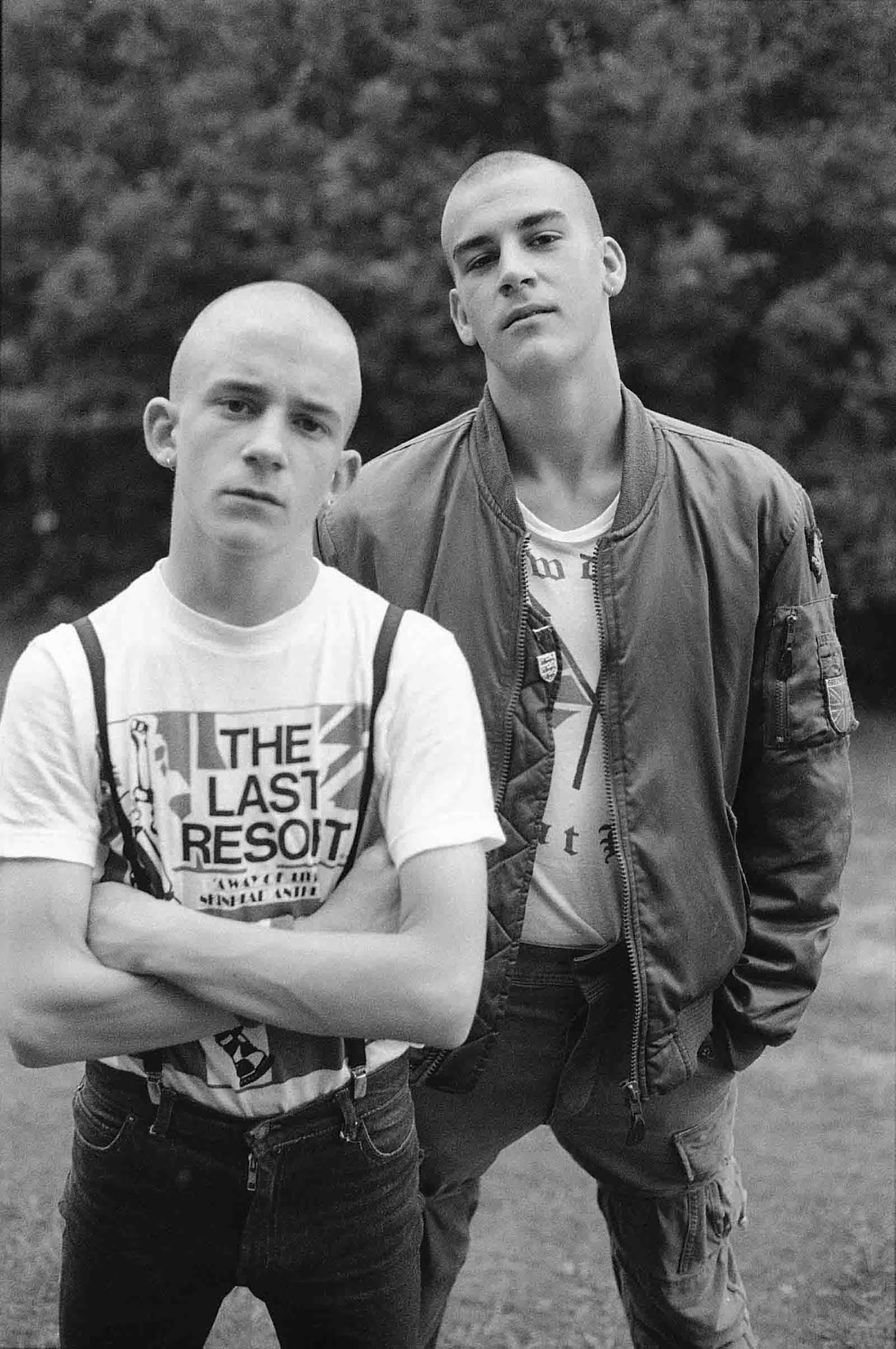
Photo by Gavin Watson / Youth Club Archive.
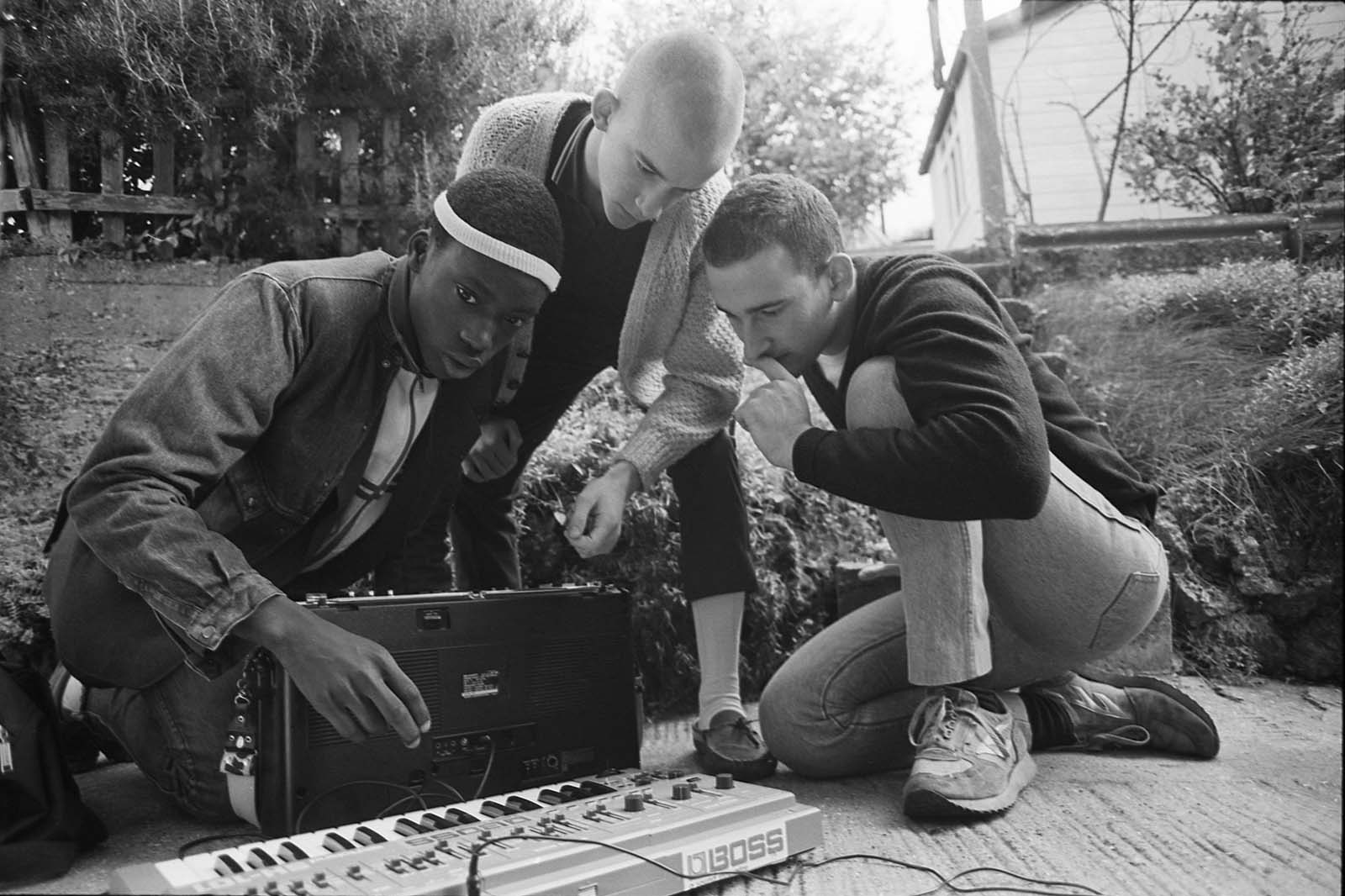
Photo by Gavin Watson / Youth Club Archive.

Photo by Gavin Watson / Youth Club Archive.
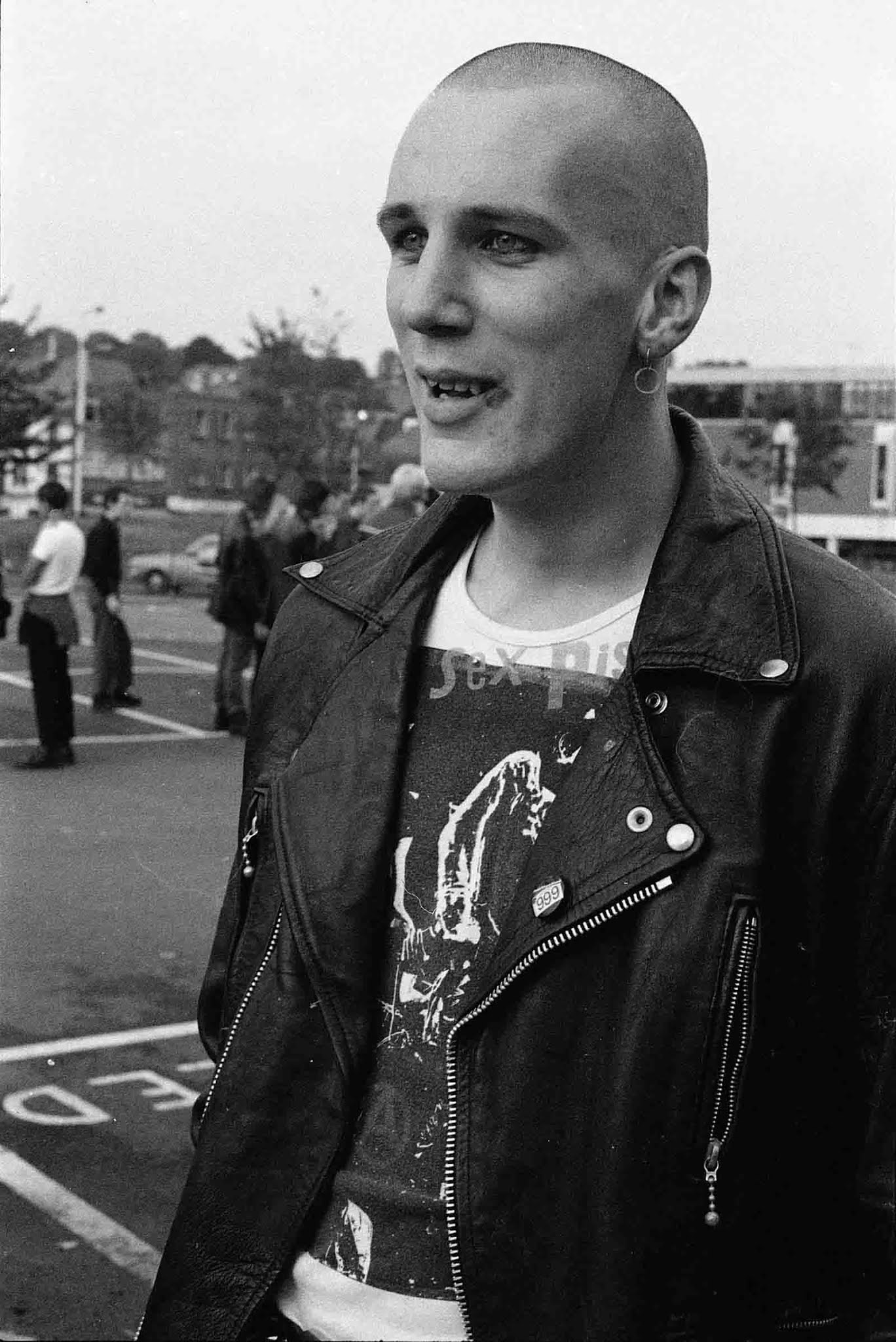
Photo by Gavin Watson / Youth Club Archive.
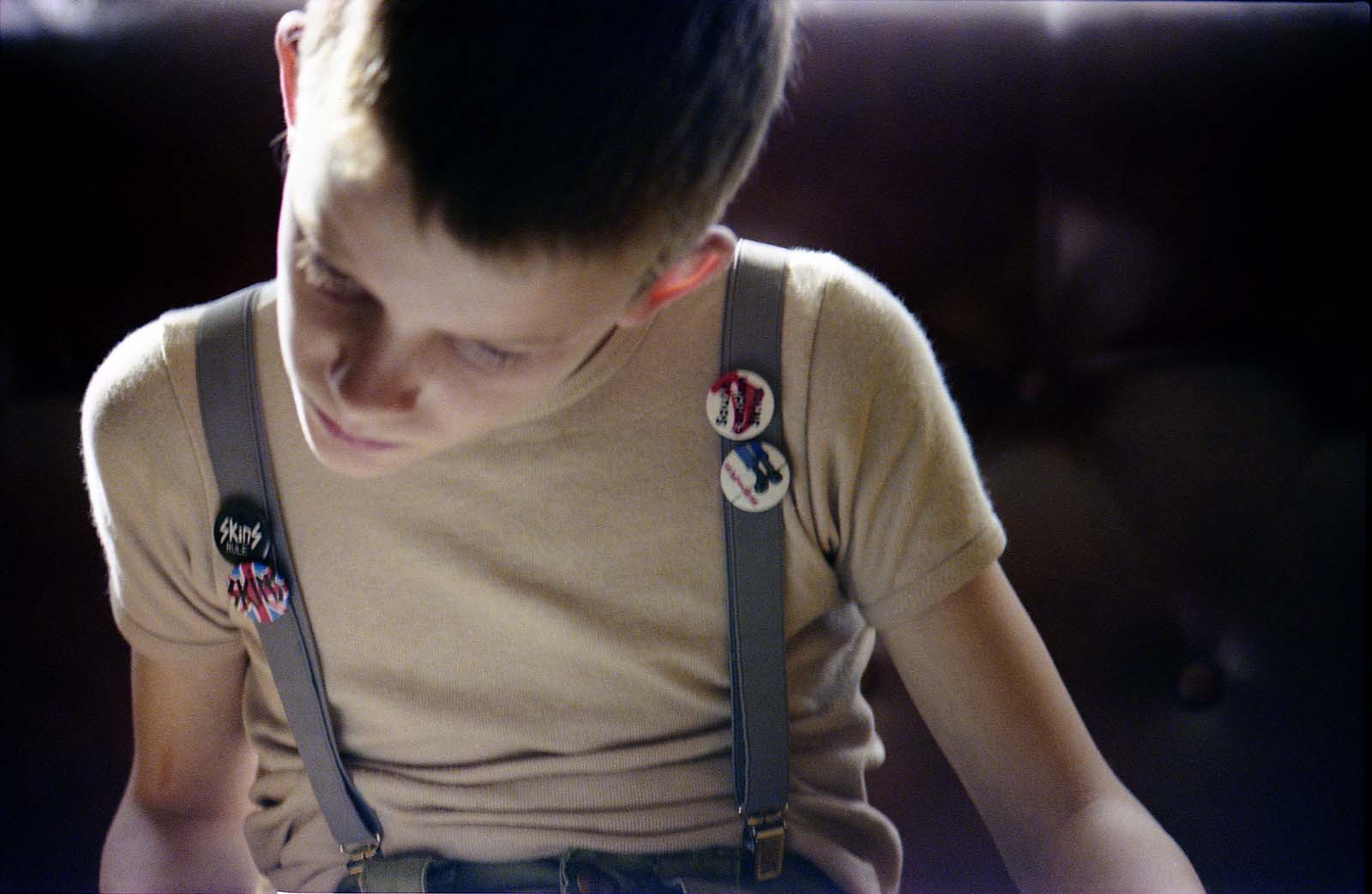
Photo by Gavin Watson / Youth Club Archive.

Photo by Gavin Watson / Youth Club Archive.

Photo by Gavin Watson / Youth Club Archive.
(Photo credit: Getty Images / PYMCA / Gamma-Keystone / Hulton Archives / Gavin Watson: Youth Club Archive


-1707557488x1200.jpg)
